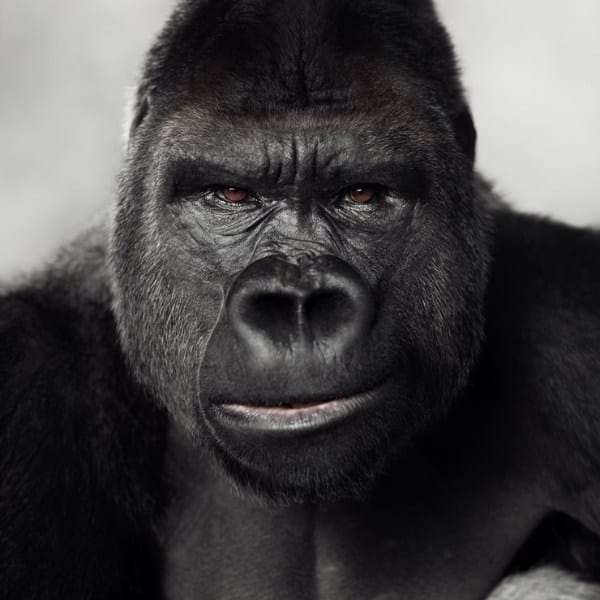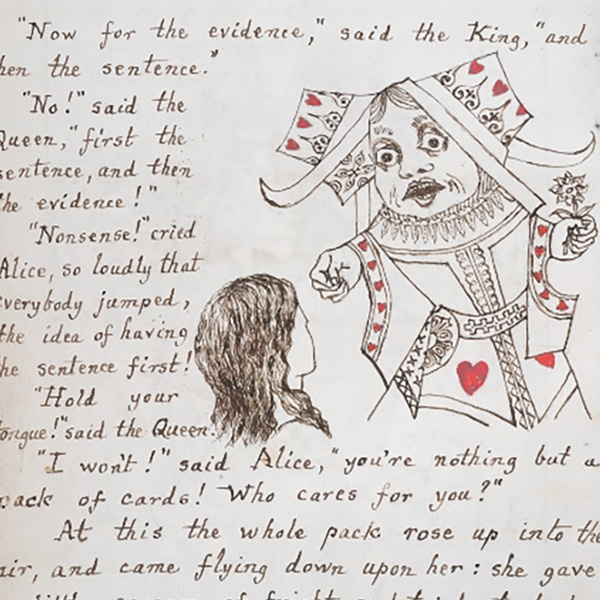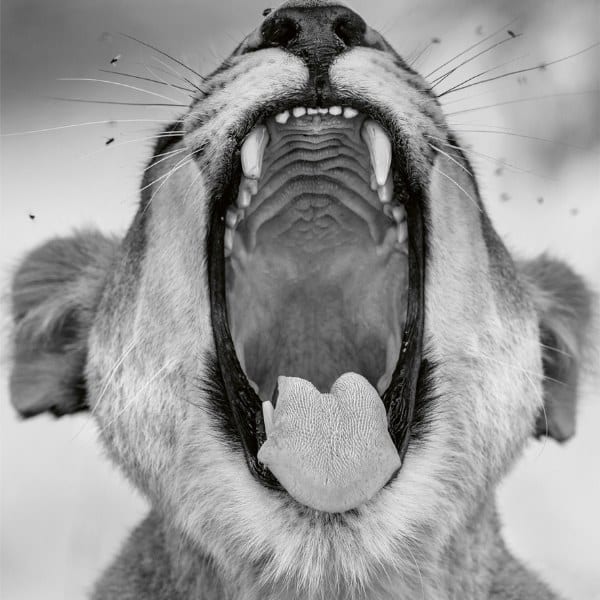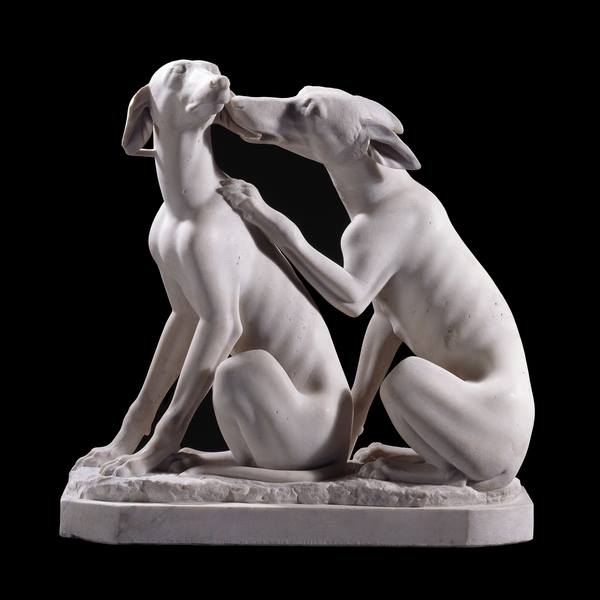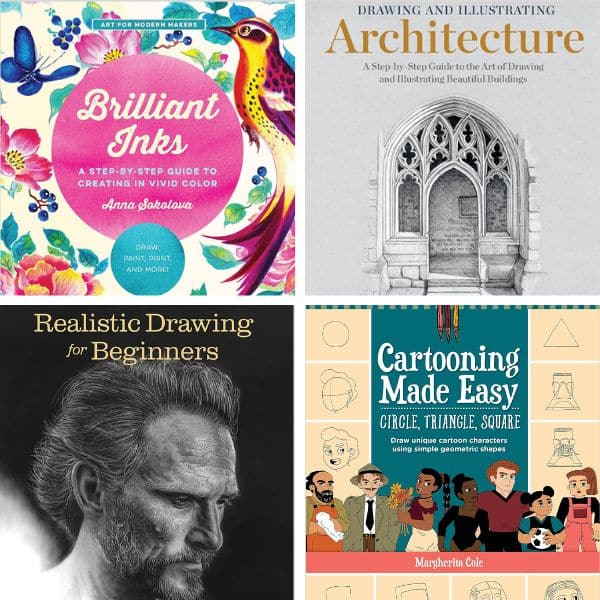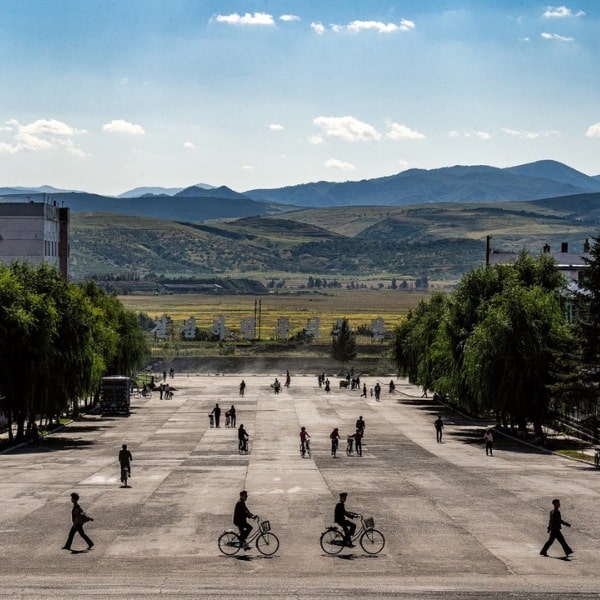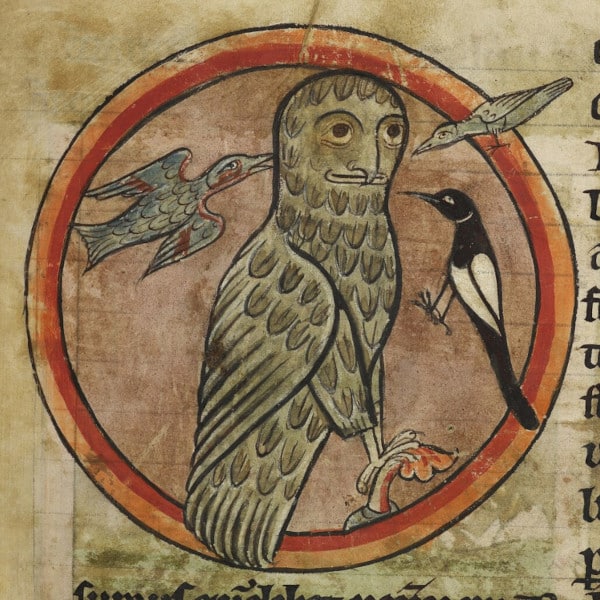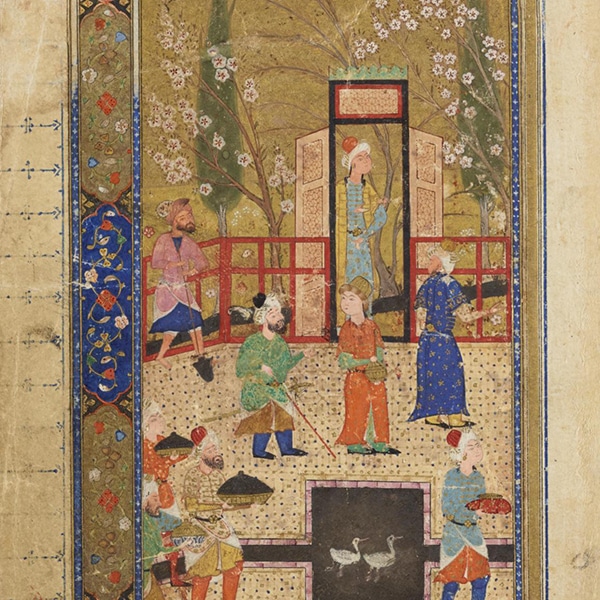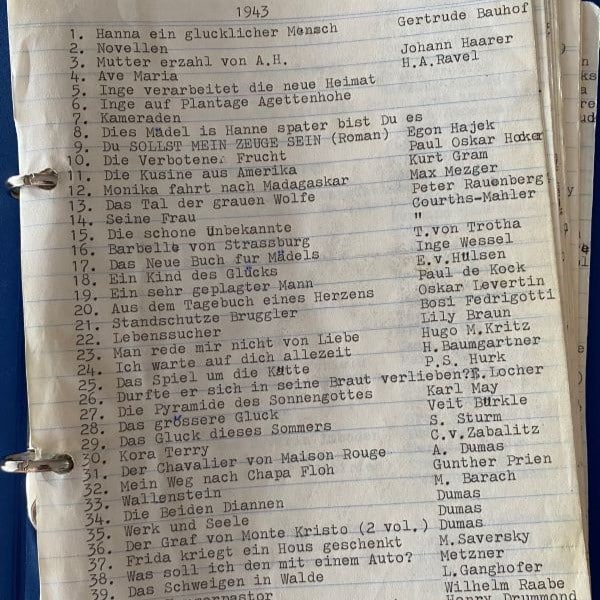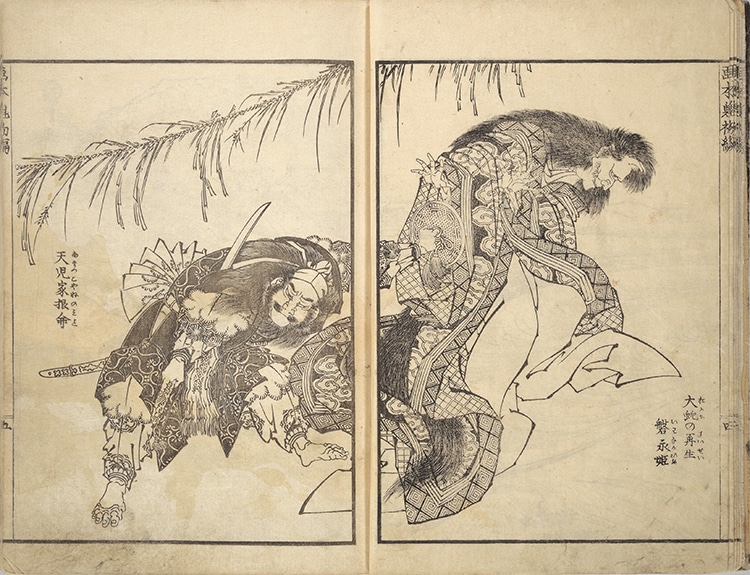
Photo: The Metropolitan Museum of Art, Public domain
The definition of a hero ranges widely depending on the place, time, and who you ask. For children, it might be their mom, a firefighter, or an athlete. In nineteenth-century Japan, warriors were idolized, inspiring the book Wakan ehon sakigake. Translated as “Picture Book of Chinese and Japanese Warriors,” this stunning work was illustrated by the Japanese Edo-period artist Katsushika Hokusai. Although he is remembered today for his woodblock print The Great Wave off Kanagawa, Hokusai's Book of Warriors is impressive for having been created during the artist's later, turbulent years.
Hokusai was born in 1760 in Edo or modern-day Japan. He began drawing at the young age of six and completed thousands of works throughout his life. Although he is best known by the name Hokusai, the artist also went by Shunrō, Iitsu, Manji, and Gakyō Rōjin. The latter was a pseudonym he chose in later life, essentially meaning “old man crazy to paint.” The Book of Warriors was created in this elderly period, at age 76.
Hokusai created the volume at the request of his publisher Sūzanbō who asked that he “fill three volumes with ‘wisdom’ [chi], ‘humanity’ [jin] and ‘bravery’ [yū], using examples of widely celebrated mighty heroes as reminders of military arts even in times of peace,” according to the work itself. A sequel would shortly follow. In the volume, heroes such as Hirai Yasumasa (958–1036 CE) fight monsters like the giant spider, Tsuchigumo. While Hokusai executed these details in brushed strokes, Egawa Tomekichi and Sugita Kinsuke engraved them into blocks ready for the printing process. Some of the detailed figures may be less legible to those not well-versed in Japanese and Chinese history and myth. However, the skill of the artist and his desire to keep painting—even as Japan faced famine and he personally struggled with finances—is apparent. The skill and passion ran in the family, and his daughter Ōi continued his artistic legacy.
Katsushika Hokusai, the famous Japanese artist behind The Great Wave off Kanagawa, created a stunning book of illustrations featuring heroic Japanese and Chinese warriors.
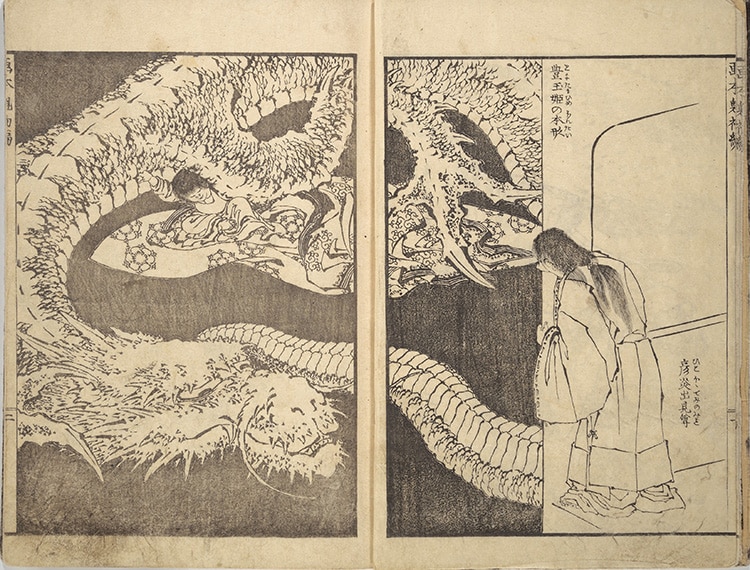
Photo: The Metropolitan Museum of Art, Public domain
It was titled Wakan ehon sakigake, which translates to “Picture Book of Chinese and Japanese Warriors.”
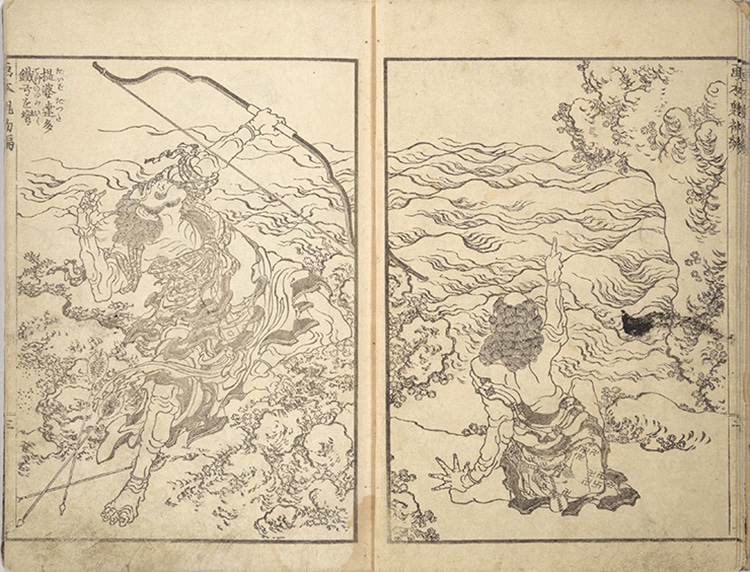
Photo: The Metropolitan Museum of Art, Public domain
This 1836 volume was a collaboration between Hokusai and master carvers who created the woodblocks necessary for printing.
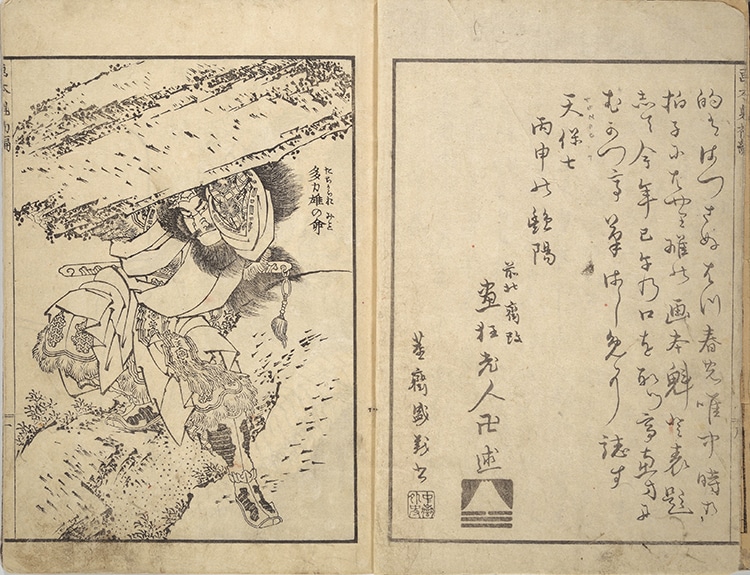
Photo: The Metropolitan Museum of Art, Public domain
In the volume, heroes such as Hirai Yasumasa (958–1036 CE) fight monsters like the giant spider, Tsuchigumo.
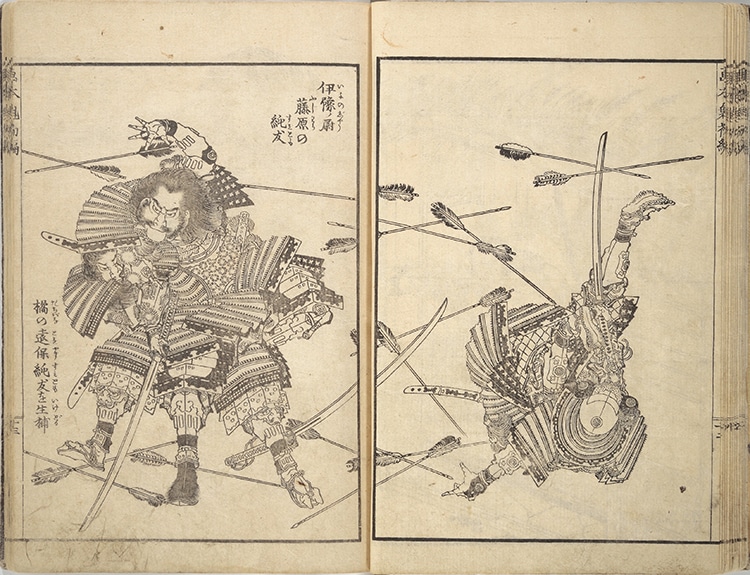
Photo: The Metropolitan Museum of Art, Public domain
Hokusai created this amazing collection of illustrations at the age of 76.
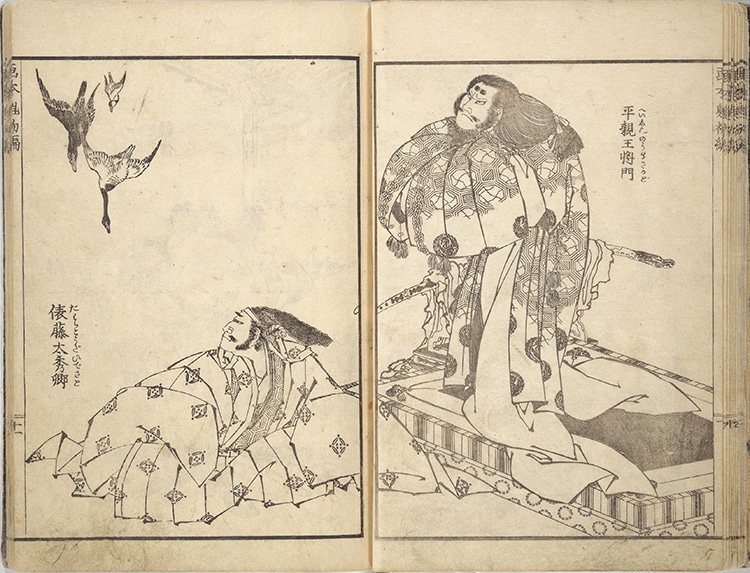
Photo: The Metropolitan Museum of Art, Public domain
h/t: [Open Culture, The Public Domain Review]
Related Articles:
500 Japanese Woodblock Prints from Van Gogh’s Collection Are Now Available to Download
Download 1,000+ Japanese Woodblock Prints by Edo-Era Master Hiroshige
The Unique History and Exquisite Aesthetic of Japan’s Ethereal Woodblock Prints
19th-Century Japanese Woodblock Prints Imagine Cats in Place of Humans











































































